How Can I Ensure Complete Dissolution of the Solid Sample?
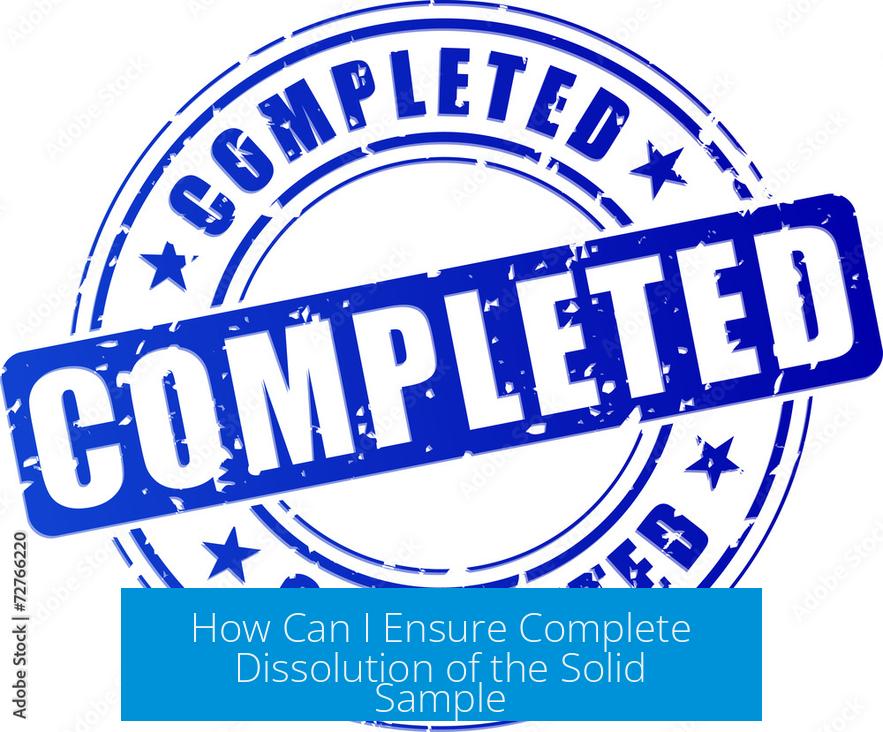
Ensuring complete dissolution of a solid sample involves selecting the appropriate dissolution technique based on the sample’s chemistry, using suitable reagents such as acids or fusion salts, managing any insoluble residues effectively, adding tracers early in the process, and following strict safety protocols. Multiple dissolution methods may be combined to achieve a homogeneous solution fully suitable for subsequent analysis.
Understanding the Objective of Sample Dissolution
Sample dissolution aims to convert a solid (or nonaqueous liquid) sample into a homogeneous aqueous solution. This ensures that the sample is fully prepared for accurate analysis and separation of target analytes.
Complete dissolution means that each insoluble component is chemically transformed into a soluble form. This transformation is crucial, especially in complex samples with unknown or refractory phases.
Major Challenges in Achieving Complete Dissolution
- Samples often contain unknown compounds with unknown chemistries.
- Natural or organic materials rarely dissolve directly in water.
- Some samples yield insoluble residues after acid treatment, requiring further processing.
- Inadequate dissolution compromises the accuracy and precision of analytical results.
- Risk of analyte loss or vessel damage during dissolution.
Key Considerations Before Choosing a Dissolution Method
- What are the analytical measurement quality objectives?
- Is the sample refractory or merely surface-contaminated?
- Which dissolution technique is most effective for the given sample type?
- Are there potential interferences from reagents used?
- Is there a risk of losing analytes through volatilization or incomplete dissolution?
- Will the vessel withstand the reagents and reaction conditions?
- What are the health and safety considerations for chemical handling?
- What are the cost and waste disposal implications?
Main Techniques for Solid Sample Dissolution
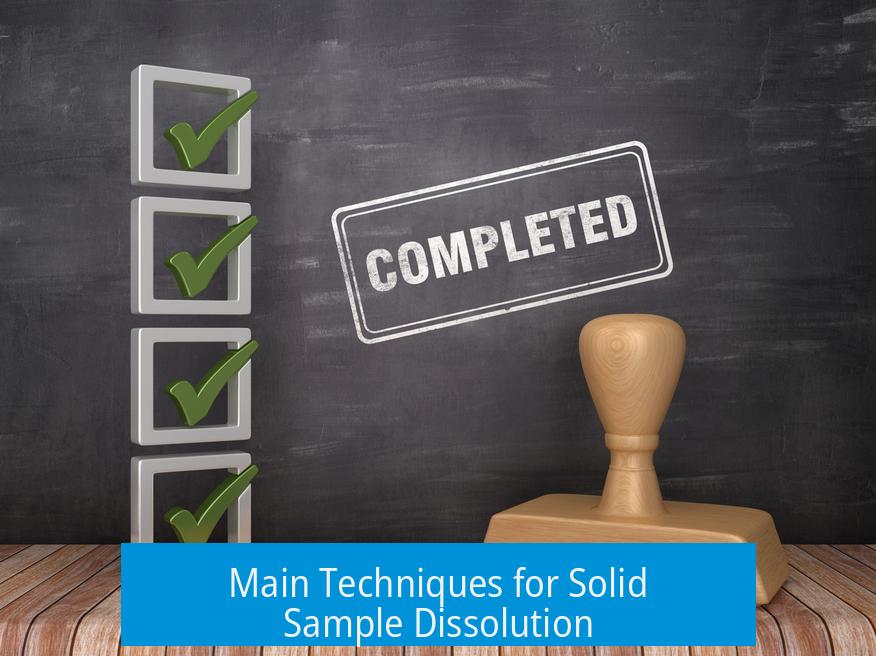
Three principal techniques enable effective dissolution depending on the sample’s physical and chemical properties:
- Fusion
- Wet Ashing, Acid Leaching, or Acid Dissolution
- Microwave Digestion
Fusion
Fusion involves heating the sample with fluxes at high temperatures to break its lattice and oxidize refractory constituents. The fluxes form soluble complexes with the sample elements, aiding dissolution.
This method suits samples resistant to acid digestion and is frequently coupled with wet ashing for full decomposition. Fusion transforms solid matrices completely but needs specialized equipment and safe handling due to high heat.
Wet Ashing, Acid Leaching, or Acid Dissolution
These methods use strong acids or mixtures of acids and fusion salts to dissolve organic and inorganic materials. Acid dissolution converts solid components to soluble ionic forms. For many samples, acid treatment alone can yield a complete or nearly complete solution.
However, some residues may remain insoluble after acid treatment. These residues are treated further through fusion or with hydrofluoric acid (HF) to dissolve silicates or refractory minerals.
Microwave Digestion
Microwave digestion uses microwave energy inside pressurized vessels to accelerate chemical reactions. Recent advances allow for better temperature and pressure control, letting analysts process larger sample sizes safely.
Microwave digestion improves dissolution completeness, reduces reaction time, and minimizes analyte loss due to volatilization. It is an increasingly important technique, especially when precise control and reproducibility are required.
Use of Reagents to Facilitate Dissolution

Because few natural or organic samples dissolve in water, acids (such as nitric, hydrochloric, sulfuric, or hydrofluoric acids) and fusion salts (like sodium peroxide or lithium metaborate) play an essential role.
These reagents induce oxidation-reduction reactions, converting elements into soluble ionic species without losing analytes. Acid mixtures or sequential treatments exploit different chemistry steps to ensure complete dissolution.
Choosing the right reagent depends on sample composition and final analysis requirements. Hydrofluoric acid is particularly used for silicate dissolution but requires stringent safety controls.
Managing Insoluble Residues
During acid dissolution, some samples produce insoluble residues. The solid residues must be dissolved separately using fusion or HF treatment.
After complete solubilization, the dissolved residues can be combined with the original solution or analyzed as separate fractions. This step is critical to avoid underestimating analyte concentrations.
Adding tracers or carriers at the beginning of the dissolution process aids in determining overall yield and recovery accurately.
Tracer/Carrier Addition for Yield Assessment
Tracers or carriers are isotopes or elements added at the initial dissolution phase. They help monitor the dissolution efficiency, allowing analysts to quantify how much analyte might be lost during sample prep.
Adding them early ensures they undergo the same chemical transformations as the target analytes, providing an accurate reflection of total recovery.
Practical Tips to Improve Dissolution
- Heating: Gently heating the sample during dissolution increases reaction rates.
- Co-solvents or solvent mixtures: Utilizing additional solvents can improve solubility of certain components.
- Concentration adjustments: Modifying acid or reagent concentrations may enhance dissolution without excessive reagent use.
- Combining techniques: Applying fusion followed by acid leaching or microwave digestion can tackle complex samples.
Safety Considerations for Sample Dissolution

Sample dissolution often involves corrosive reagents and high temperatures or pressures. Proper safety measures are mandatory:
- Use fume hoods and personal protective equipment (PPE).
- Conduct risk assessments before starting work.
- Review Material Safety Data Sheets (MSDS) for all chemicals.
- Train personnel in correct procedures for handling aggressive chemicals and explosive hazards.
- Ensure laboratory vessels are compatible and pressure-rated.
- Implement appropriate waste disposal protocols for acids and toxic materials.
Selection Criteria for Dissolution Methods
| Criteria | Fusion | Wet Ashing / Acid Leaching | Microwave Digestion |
|---|---|---|---|
| Sample type | Refractory minerals, ores | Organic, many inorganic solids | Wide range, including biological and geological samples |
| Processing time | Longer (minutes to hours) | Variable (hours) | Short (minutes) |
| Equipment needed | High-temperature furnace | Hotplates, glassware | Microwave digestion system |
| Safety concerns | High heat, reactive fluxes | Corrosive acids, fumes | Pressure, acid vapors |
| Analyte loss | Minimal if controlled | Potential volatilization | Minimal due to closed vessels |
Verification of Complete Dissolution
Verification procedures confirm that the sample is fully dissolved. Methods include observation of residue absence, analytical checks for insoluble particles, and monitoring tracer recovery efficiency. These quality controls are crucial to validate the dissolution step before proceeding to analysis.
Summary of Key Steps to Ensure Complete Dissolution
- Assess the chemical nature and physical characteristics of the sample.
- Select the most appropriate dissolution technique: fusion, wet ashing/acid digestion, or microwave digestion.
- Use suitable reagents like acids or fusion salts to convert insoluble components to soluble forms.
- Treat any insoluble residues separately by fusion or hydrofluoric acid digestion.
- Add tracers or carriers at the earliest stage for yield determination.
- Consider heating and co-solvents to enhance dissolution efficiency.
- Follow comprehensive safety protocols during all dissolution procedures.
- Confirm complete dissolution through verification methods before analysis.
Final Thoughts

Complete dissolution is fundamental for reliable chemical analysis. It demands a careful balance of chemical knowledge, technique selection, reagent choice, and rigorous safety standards. Combining multiple methods and verifying results provides confidence that the sample preparation is optimal, minimizing potential errors in the analytical workflow.
How Can I Ensure Complete Dissolution of the Solid Sample?
Ensuring complete dissolution of a solid sample hinges on understanding the sample’s nature and using the right technique to break it down fully into a homogeneous solution. Let’s unpack this challenge and explore how to tackle it effectively.
Sample dissolution isn’t just a routine lab task. It’s the backbone of any solid analysis. If your solid sample stubbornly refuses to dissolve completely, you might as well be trying to crack a safe with a spoon. Why? Because incomplete dissolution leads to inaccurate results and wasted time. But how do you actually ensure complete dissolution? Keep reading!
Know Thy Sample: The First and Most Crucial Step
Your journey begins with *knowing what you’re dealing with*. Is your solid sample just dirty on the surface, or is it a tough refractory mineral? Is it organic or inorganic? The answer dictates your game plan.
- Refractory samples are like hardened warriors. They resist dissolution and require harsher tactics like fusion or hydrofluoric acid treatment.
- Surface contamination is easier to handle, often requiring mild acid leaching or wet ash techniques.
Choosing the wrong method can turn a simple job into an eternal chase. So, gathering intelligence about your sample’s physical and chemical makeup is critical. No crystal ball needed—just a bit of research and maybe some trial and error.
The Arsenal: Main Techniques to Achieve Complete Dissolution
There isn’t a one-size-fits-all solution here. The three main proven methods include:
- Fusion: Think of fusion as the ‘blowtorch’ approach. You heat the sample to very high temperatures, breaking down its resilient structure. This method is excellent for refractory samples that don’t respond well to acids alone.
- Wet Ashing / Acid Dissolution: This classic method uses acids or acid mixtures to dissolve solids, often through oxidation-reduction reactions that increase solubility. It’s effective against many organic and mineral compounds.
- Microwave Digestion: The rising star in dissolution tech. Advanced microwave vessels allow programmable temperature and pressure, enabling rapid, uniform dissolution with minimal analyte loss.
And yes, sometimes combining methods, like wet ashing followed by fusion, can be the silver bullet for tough samples.
The Chemistry: Because The “Why” Helps the “How”

Sample dissolution isn’t magic. It’s chemistry—a delicate dance converting insoluble components into soluble species.
- Acids and Fusion Salts work by altering the oxidation state of elements, making them dissolve better.
- Not every insoluble component succumbs to the first attack. Some residues stick around, requiring a second treatment—fusion or hydrofluoric acid (HF) are common follow-ups.
- Adding tracers or carriers early—ideally in the first step—ensures you can track the efficiency and yield accurately.
Attempting dissolution without these insights is like trying to put together a puzzle without knowing the final picture. You’ll waste time and resources chasing ghost pieces.
Practical Tips to Boost Your Dissolution Success
If you want to enhance the likelihood of complete dissolution, try these handy tricks:
- Heat it up. Increasing temperature generally speeds up dissolution rates. Heating the sample (safely!) nudges solid particles to dissolve faster.
- Co-solvents can be your friends. Sometimes a touch of another solvent breaks up stubborn solids better than one alone. Experiment with compatible solvents—just beware of subsequent analysis interference.
- Watch your concentrations. Too high concentrations can slow dissolution or cause precipitation. Diluting slightly might help your sample dissolve fully.
Safety First: Because Dissolving Shouldn’t Mean Exploding
This isn’t the time to freestyle. Sample dissolution often uses hazardous chemicals, intense heat, and pressurized vessels, which can be dangerous. Key safety reminders:
- Always consult Material Safety Data Sheets (MSDS) before handling chemicals.
- Work in a well-ventilated, equipped fume hood.
- Wear protective gear—goggles, gloves, lab coat.
- Use proper vessels designed for the chosen technique, especially for microwave digestion or fusion.
- Get trained. Know your protocols before attempting any method.
Ignore safety, and even the most complete dissolution won’t feel like a win if someone gets hurt.
The Balancing Act: Choose Wisely
When juggling techniques, reagents, costs, and safety, deciding the right dissolution method feels like hosting a dinner party for demanding guests:
- Will the reagents interfere with your subsequent analyses?
- Could analytes evaporate or get lost during dissolution?
- Is it cost-effective and practical, or a lab “money pit”?
- How extensive and hazardous is waste generation?
Each factor sways your choice. Fusion might be powerful but expensive and wasteful, while wet ashing is gentler but may not crack tough nuts. Microwave digestion offers speed and less waste but requires costly equipment.
So, weigh your priorities like a lab-scale Meerkat surveying the scene before the jump!
Real-Life Example: When Fusion and Microwave Join Forces

In a recent lab tackling soil samples loaded with minerals, analysts first used acid leaching to attack the surface contamination. Some insoluble residues remained, clearly showing the limits of acid alone.
Next, they applied fusion at high temperatures to break down that stubborn residue. Finally, to ensure no precious analyte escaped, microwave digestion was used to process the combined solution gently, minimizing volatilization losses.
The result? A flawless homogeneous solution ready for precise analysis. It’s the scientific equivalent of a tag-team that gets the job done.
How to Check if You’ve Nailed Complete Dissolution
Getting a clear answer requires verification steps (chapter 13.6 in the original source dives into this). But in layperson’s terms, look for:
- No visible residues after treatment.
- Consistent analysis yields with repeated sampling.
- Absence of undissolved particles under a microscope.
- Comparison of analyte quantities before and after dissolution to ensure no loss.
Perfection is rare, but achieving near-complete dissolution makes your analysis trustworthy.
Summing It Up: Your Cheat Sheet for Complete Dissolution
| Aspect | Recommendation |
|---|---|
| Sample Nature | Determine if it’s refractory or surface contamination to pick suitable methods. |
| Dissolution Technique | Choose fusion, acid dissolution, or microwave digestion based on sample traits. |
| Reagents | Use acids, fusion salts, or fusion to convert insolubles into soluble forms. |
| Residue Management | If residues form, apply additional fusion or hydrofluoric acid treatment. |
| Tracer/Carrier Addition | Add at first chemical treatment step to accurately track dissolution yield. |
| Safety | Follow strict safety protocols, training, and use proper equipment. |
Final Thoughts: Don’t Fear the Dissolution
Sample dissolution may seem like a rocky cliff to climb, but with the right tools, knowledge, and care, it becomes a manageable—if occasionally fiery—lab routine.
Does your lab struggle with samples that just won’t dissolve? Maybe it’s time to rethink your approach. Could microwave digestion be your new best friend? Or perhaps a fusion method that’s just waiting behind the scenes?
One takeaway here is clear: Complete dissolution lies in knowing your sample, choosing the right method, and balancing safety, cost, and precision. And remember, sometimes a little heat, a splash of co-solvent, and a pinch of patience can work wonders.
So, what’s holding you back? Go on, dissolve those samples like a pro!
How do I select the best technique for dissolving my solid sample?
Choose based on the sample’s chemical and physical traits. Fusion, acid dissolution, or microwave digestion are common. Match the method to your sample’s nature to ensure effective dissolution.
What if my sample leaves an insoluble residue after acid treatment?
Use fusion or hydrofluoric acid to dissolve the residue. Combine it with the original solution or analyze separately. Multiple steps may be necessary for total dissolution.
When should I add tracers or carriers during dissolution?
Add tracers during the initial chemical treatment. This helps track the total yield and ensures accurate analytical results.
Why is proper sample dissolution critical for analysis?
Complete dissolution produces a homogeneous solution. This is vital for accurate separation and measurement of target analytes.
How can microwave digestion improve dissolution?
Microwave digestion allows better control of pressure and temperature. It reduces analyte loss and can handle larger samples safely and efficiently.


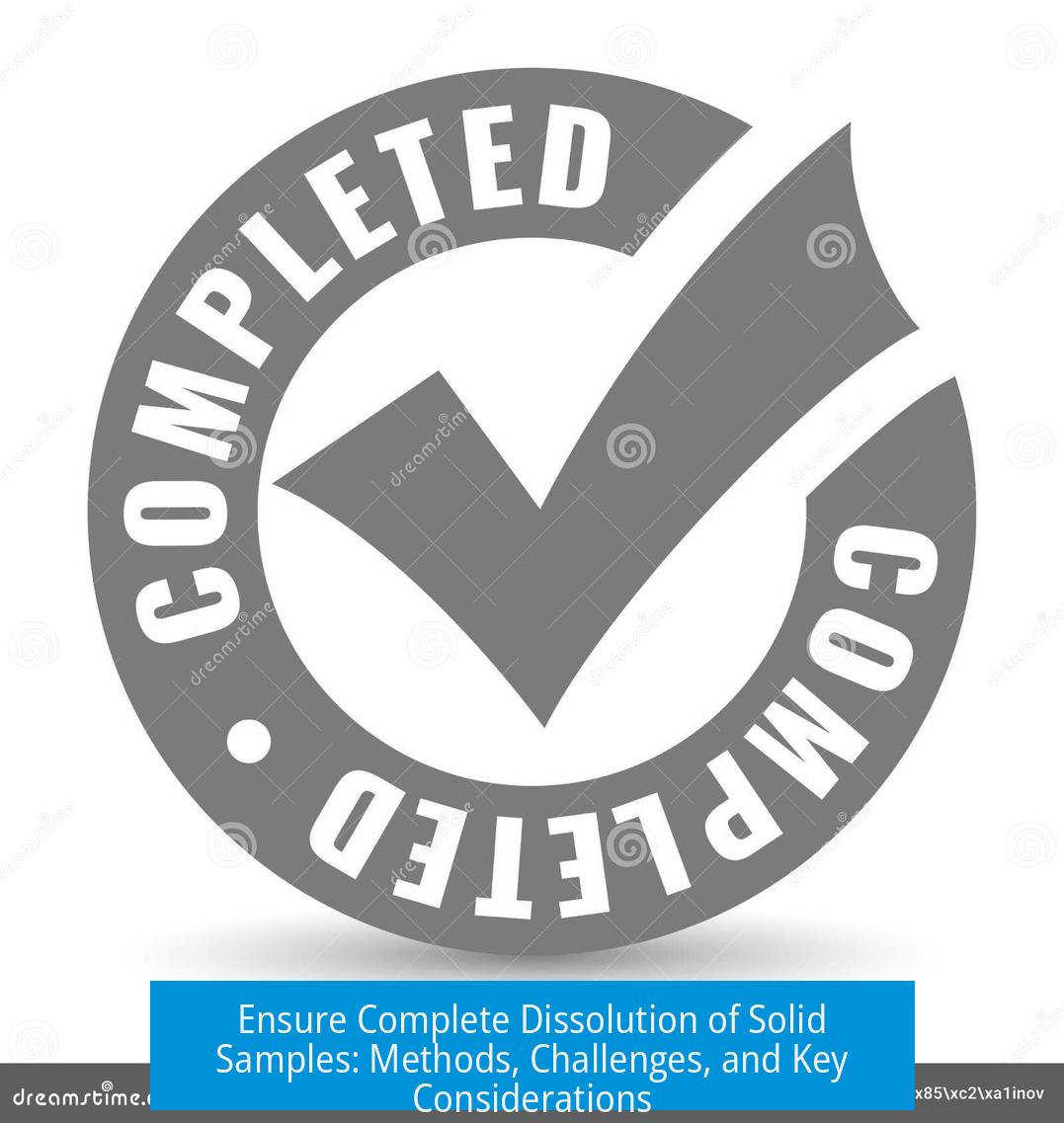
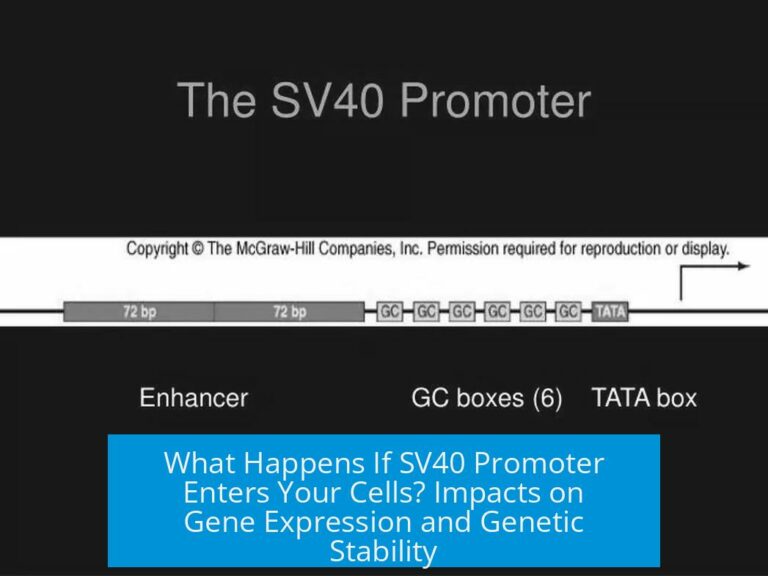
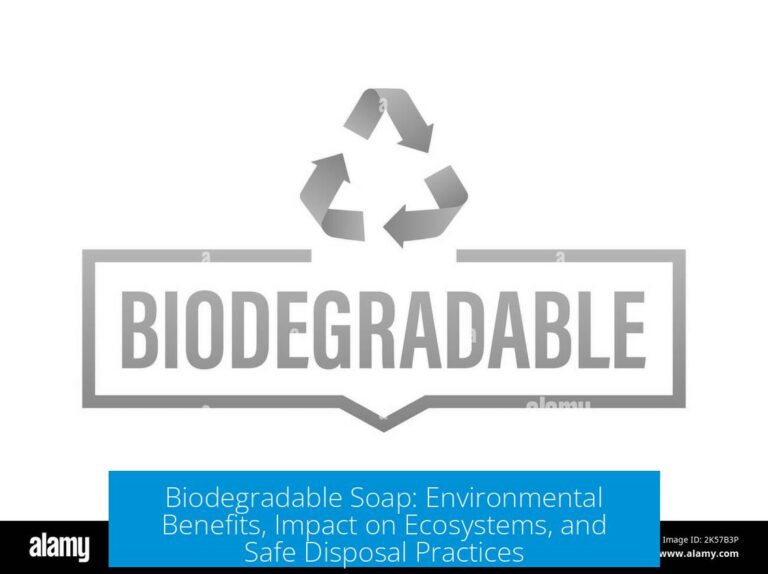
Leave a Comment